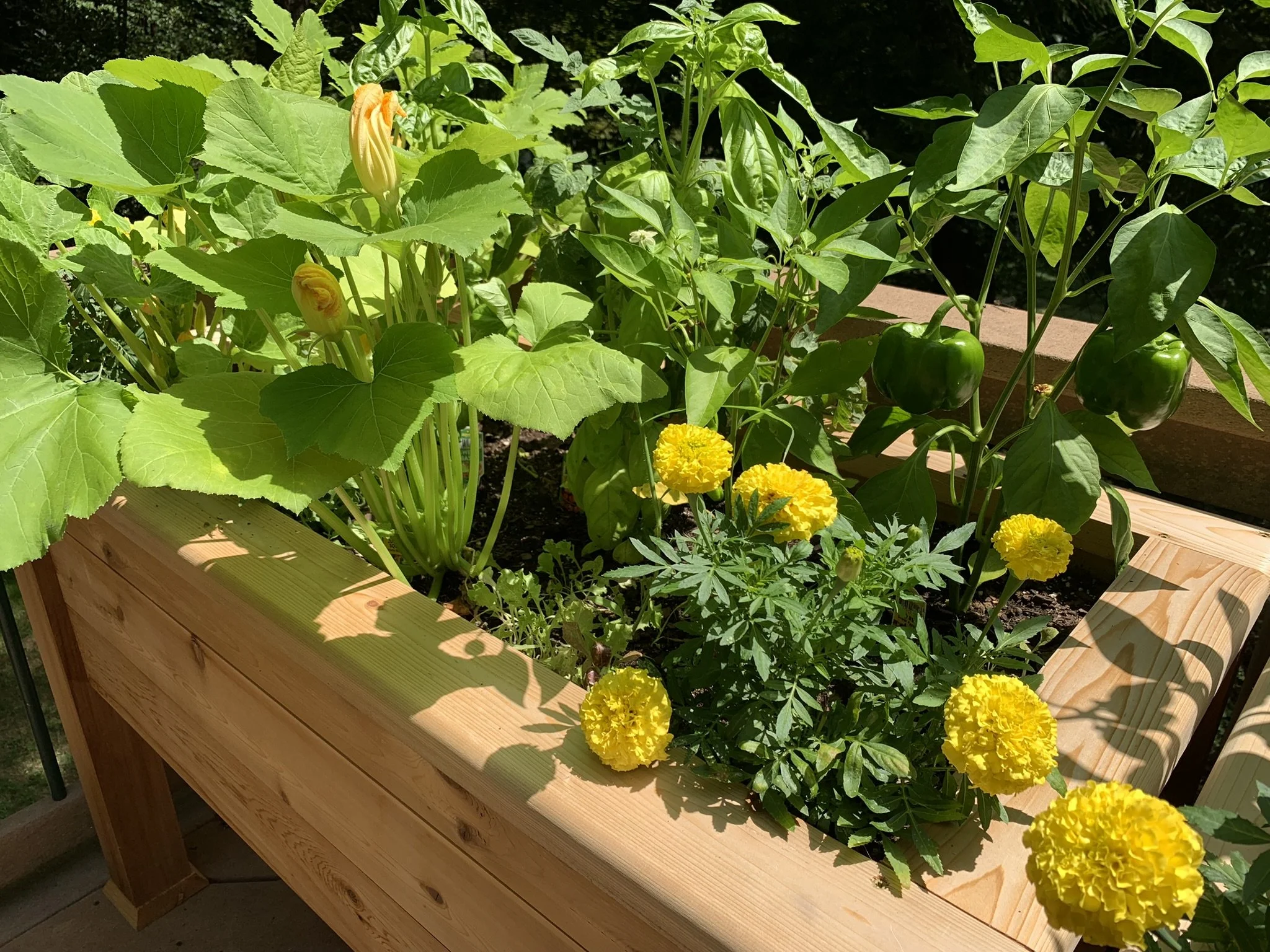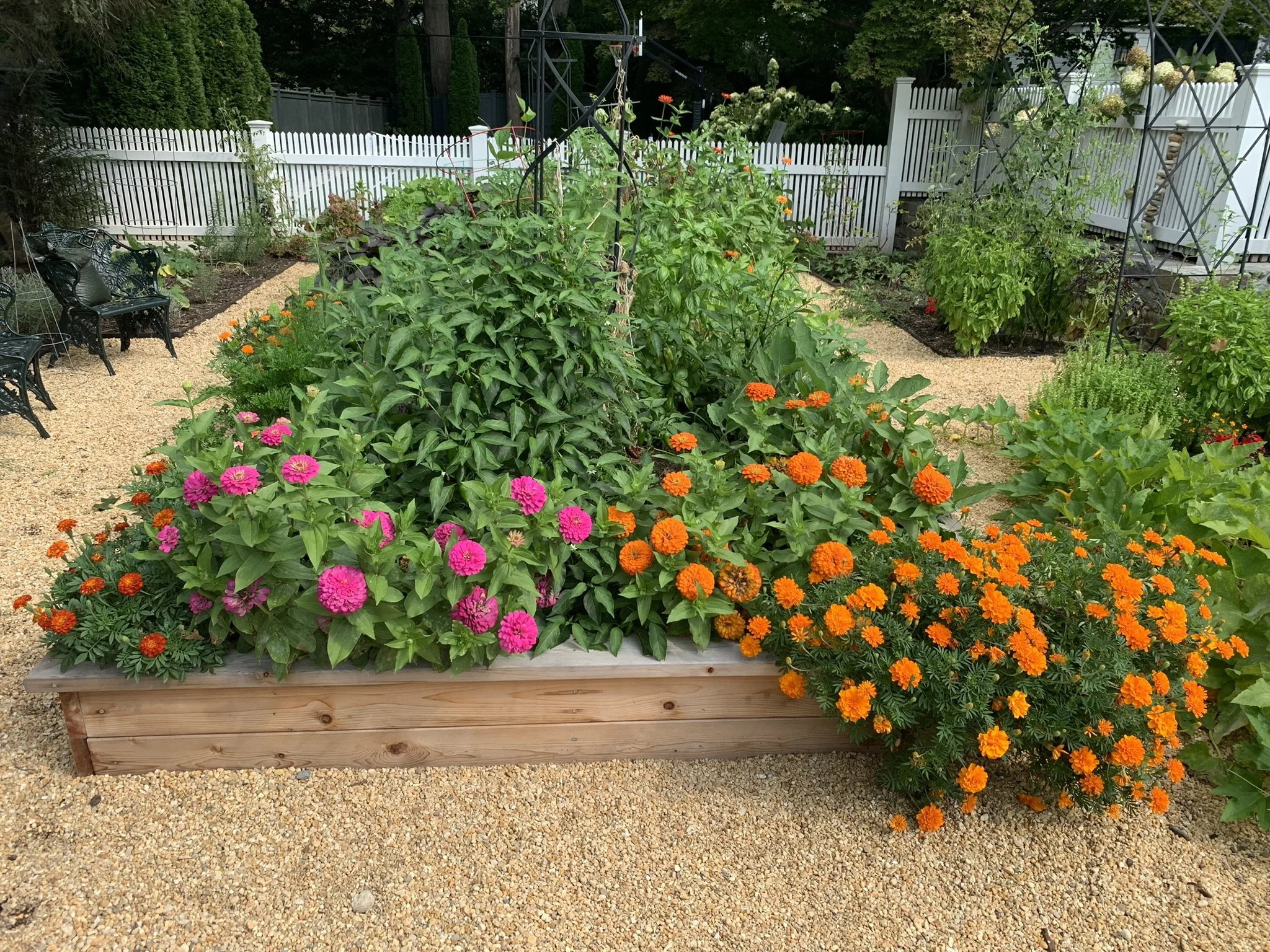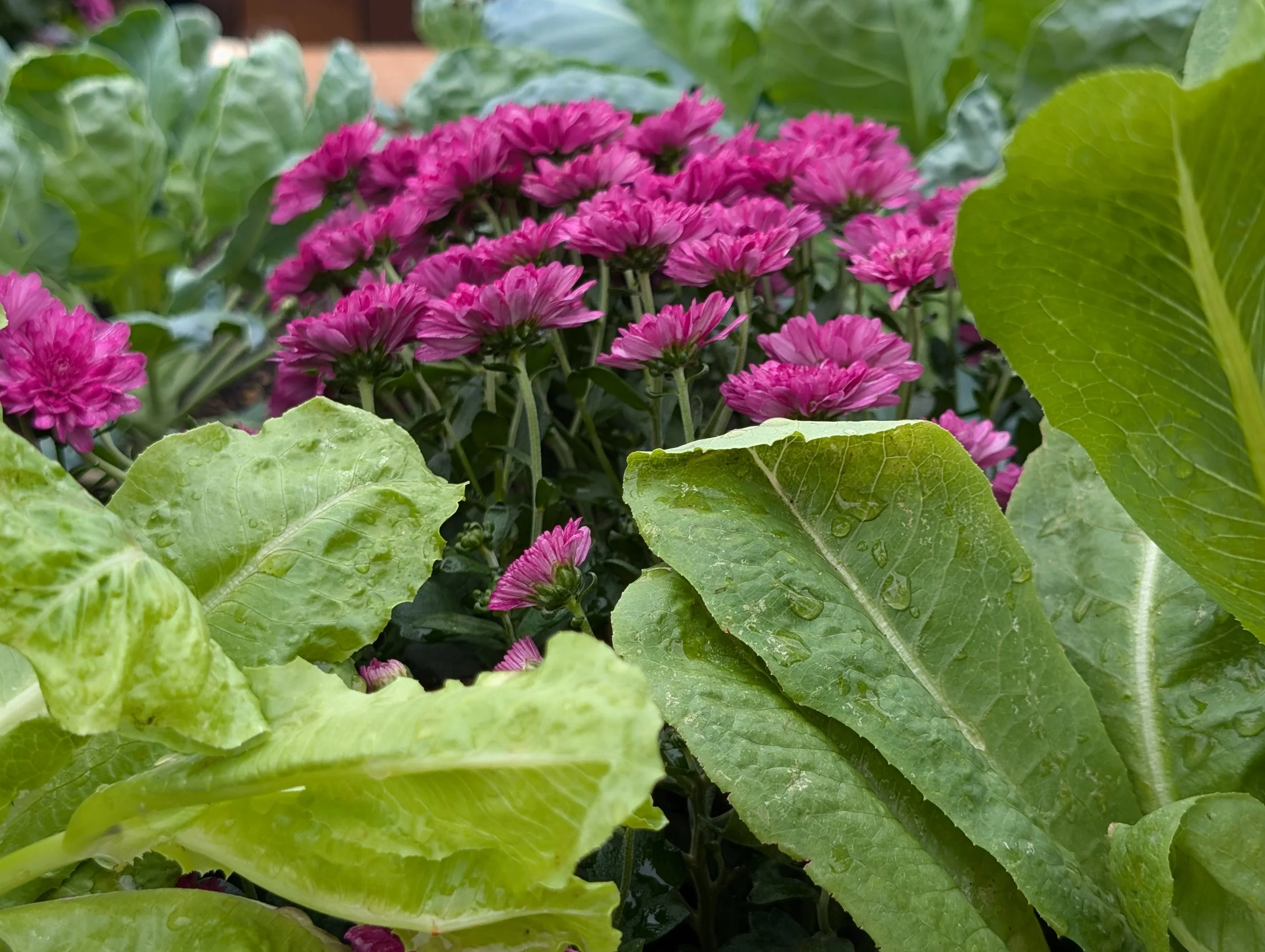Companion Planting: The Secret to a Thriving Vegetable Garden
I still remember the first time someone told me to plant basil with my tomatoes. "It makes them taste better!" they said, and that was enough for me. I tucked basil in next to my tomato plants year after year, happy to believe that they were somehow improving each other. But as I got deeper into gardening, I started to wonder—if basil could help tomatoes, what other plants could benefit from being grown together? There had to be a bigger system at play, something beyond just flavor.
That’s when I discovered companion planting, and everything changed. Suddenly, my garden wasn’t just a collection of individual plants—it was an ecosystem. I watched as marigolds deterred pests from my squash, beans climbed okra stalks instead of requiring trellises, and lettuce thrived in the shade of towering sunflowers. The more I experimented, the more I realized that companion planting isn’t just a neat trick—it’s essential for a healthy, thriving vegetable garden.
If you want to reduce your reliance on fertilizers, keep pests at bay, and create a more productive raised bed garden, companion planting is the answer. Let’s dive into why it works and how you can use it to your advantage.
What Is Companion Planting in Raised Bed Vegetable Gardens?
Companion planting is the practice of strategically placing plants together so that they help each other grow, deter pests, or improve soil conditions. In raised bed gardening, where space is often limited, this approach is incredibly effective. Instead of planting crops in isolated rows, you create small plant communities that support one another naturally.
There are a few key ways companion planting works:
1. Nutrient Sharing: Some plants, like legumes, add nitrogen to the soil, benefiting nearby plants that need it.
2. Pest Deterrence: Certain plants emit strong scents or chemicals that repel insects or confuse pests searching for their favorite crops.
3. Shade & Support: Tall plants can provide shade for more delicate, shade-loving crops, and strong plants can serve as natural trellises.
4. Soil Health: Deep-rooted plants break up compacted soil, while others prevent erosion and lock in moisture.
By carefully selecting plant combinations, you can make your raised beds more productive while reducing the need for synthetic fertilizers and chemical pesticides.
The Science Behind Companion Planting: Why It Works So Well
Companion planting isn’t just a gardening myth—it’s backed by science. And this is where my background really thrived the knowledge of why. What is going on in the relationships of plants? Many plant relationships have been studied to understand how they benefit each other, and the results are fascinating.
Natural Pest Control
Plants produce a variety of chemical compounds that affect the insects around them. Marigolds, for example, release compounds that deter nematodes, small worms that attack plant roots. Onions and garlic emit strong sulfur compounds that can confuse and repel pests like aphids and cabbage moths. Certain plants also act as trap crops, drawing pests away from more vulnerable plants. Nasturtiums are a great example—aphids love them, so planting nasturtiums near more delicate crops like lettuce keeps those pests occupied elsewhere.
Soil Health & Nutrient Exchange
Some plants improve soil fertility by naturally fixing nutrients. Legumes (like beans and peas) work with bacteria in their roots to pull nitrogen from the air and deposit it into the soil, making it available for nitrogen-hungry plants like corn and spinach.
Meanwhile, deep-rooted plants like carrots or radishes help break up compacted soil, making it easier for other plants to access water and nutrients.
Microclimates & Support Systems
Companion planting helps create microclimates in your raised beds, allowing you to grow plants that might not otherwise thrive in full sun or open conditions. Tall plants like okra provide shade for heat-sensitive crops like lettuce, while sprawling vines like squash act as natural mulch, keeping soil moist and cool.This also works mechanically—beans and peas can climb okra stalks, reducing the need for trellises, and low-growing herbs can form a natural ground cover to suppress weeds. However, I do always recommend having a vertical structure to grow up so that your plants don’t get damaged in strong winds. So trellises or obelisks can help you grow vertically which will increase airflow and reduce the risk of disease.
5 Perfect Plant Pairings for Your Raised Bed Garden
Nature is really it’s own system and we are just along for the ride! But what if we could strategically plant as nature would like us to. Partners instead of enemies. Let’s look at some tried-and-true plant groupings that thrive together.
1. The Three Sisters: Corn, Beans, and Squash
This Indigenous planting method has been used for centuries because it’s a perfect example of plants supporting each other. This is best for in ground growing and not raised beds because of the corn. But it’s your garden and you can always experiment for yourself!
● Corn provides a natural trellis for pole beans to climb.
● Beans fix nitrogen in the soil, feeding the corn and squash.
● Squash sprawls across the ground, acting as a living mulch to suppress weeds and retain soil moisture.
2. Tomatoes, Basil, and Marigolds
Remember when I said basil makes tomatoes taste better? Well, it also repels whiteflies and hornworms! Marigolds deter nematodes and aphids, making this a powerhouse trio.
3. Carrots, Onions, and Lettuce
● Carrots and onions grow well together because onions repel carrot flies, reducing damage to your crop.
● Lettuce grows beneath the taller carrots, benefiting from shade and keeping the soil cool and moist.
4. Cabbage, Dill, and Nasturtiums
Cabbage can be a magnet for cabbage worms, but dill attracts predatory wasps that keep pests in check. Nasturtiums serve as a trap crop for aphids and flea beetles, drawing them away from your brassicas.
5. Peppers, Spinach, and Cilantro●
● Peppers grow upright, leaving plenty of room for spinach to grow at their base, staying cool in the shade.
● Cilantro repels aphids and attracts beneficial pollinators to the garden.
A More Balanced Garden Starts with Companion Planting
Companion planting isn’t just about pairing plants that look nice together—it’s about creating a self-sustaining garden that supports itself naturally. By incorporating these plant partnerships, you’ll need fewer fertilizers, reduce pests without harmful chemicals, and make the most of your raised bed space.
So here’s my challenge for you: pick one or two companion plant pairings and try them in your garden this season! Whether it’s tomatoes and basil, beans climbing corn, or flowers mixed with your veggies, you’ll be amazed at how much healthier your garden becomes when plants work together. I’d love you to share with me on instagram or Facebook which pairing you are trying this season, or if you have a favorite go to! Need help planning your raised bed layout? Let’s chat! Book a garden coaching session with me, and we’ll design a companion planting plan tailored to your space and goals.


